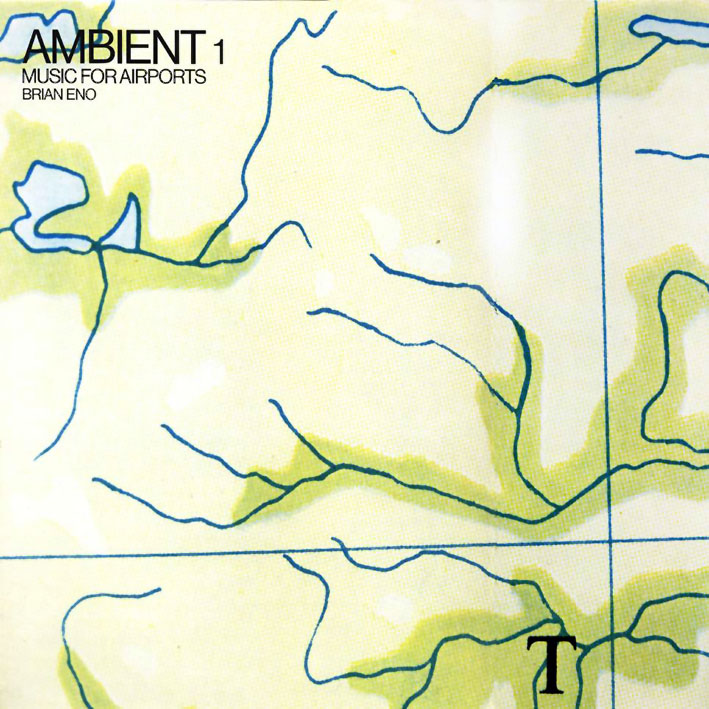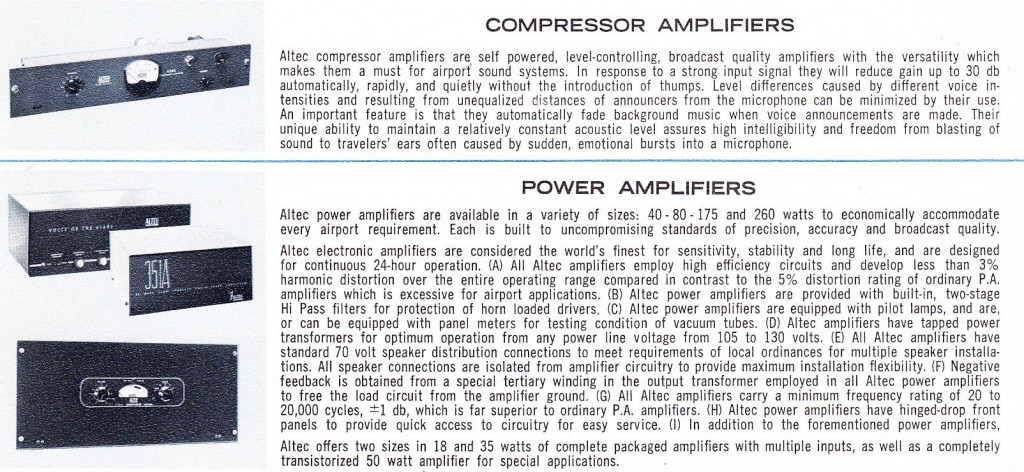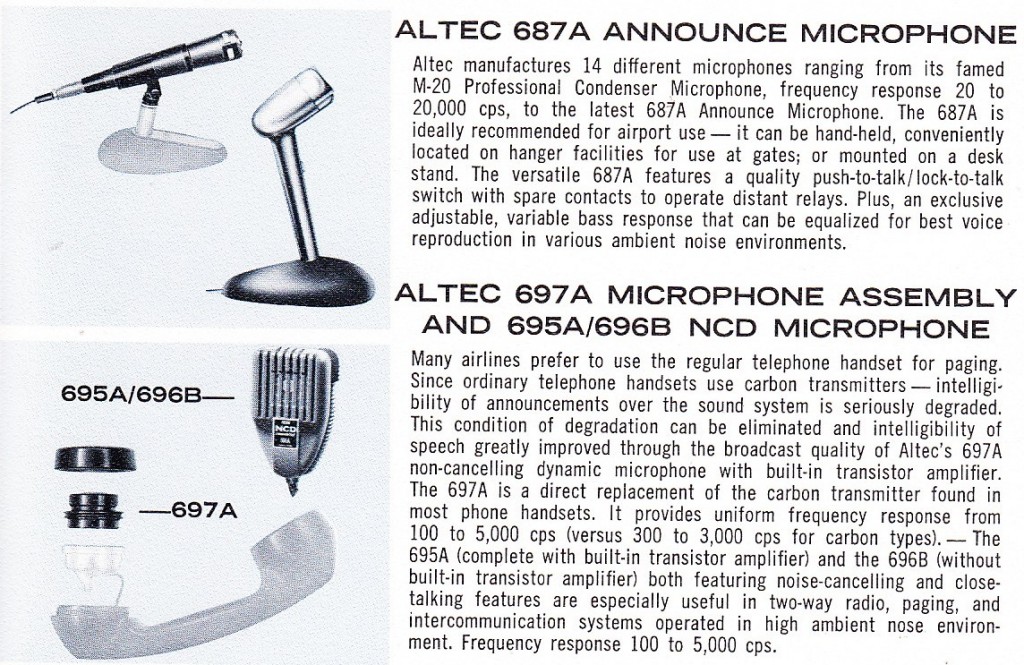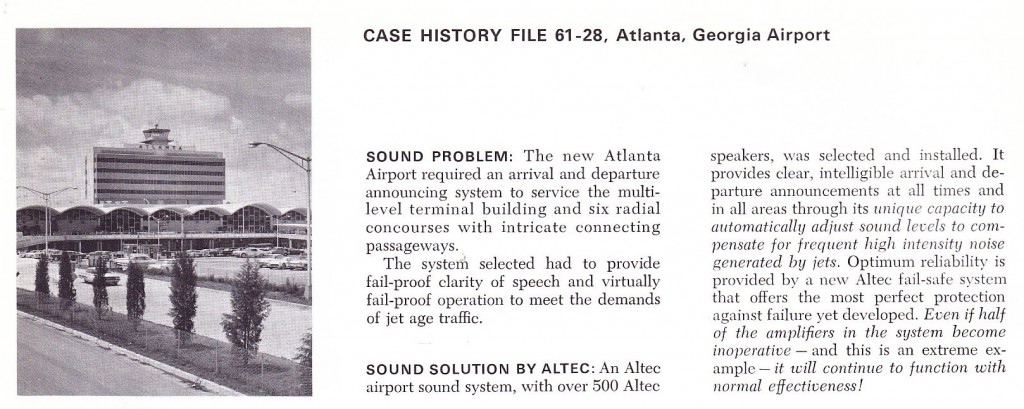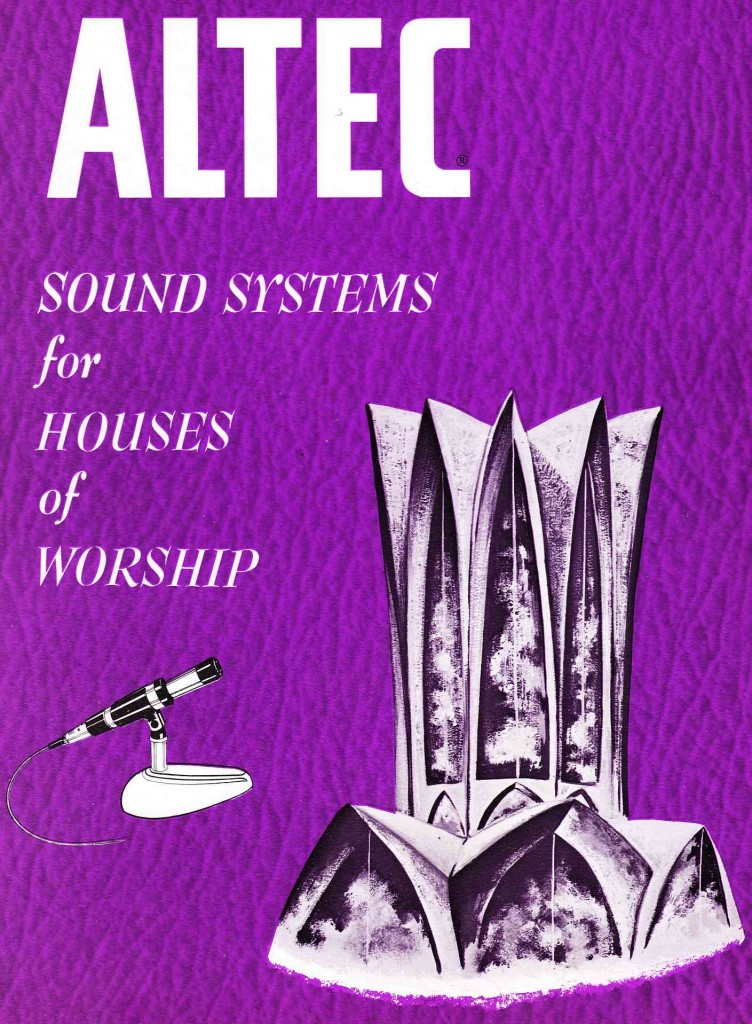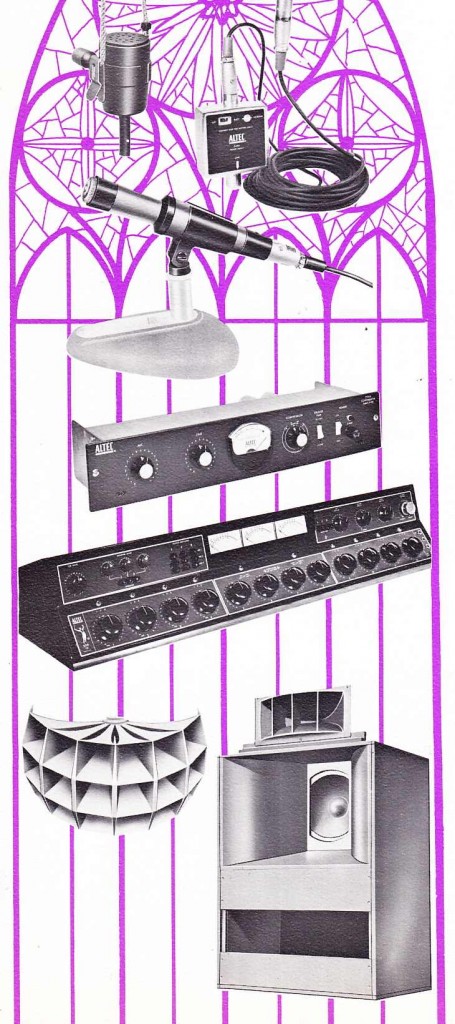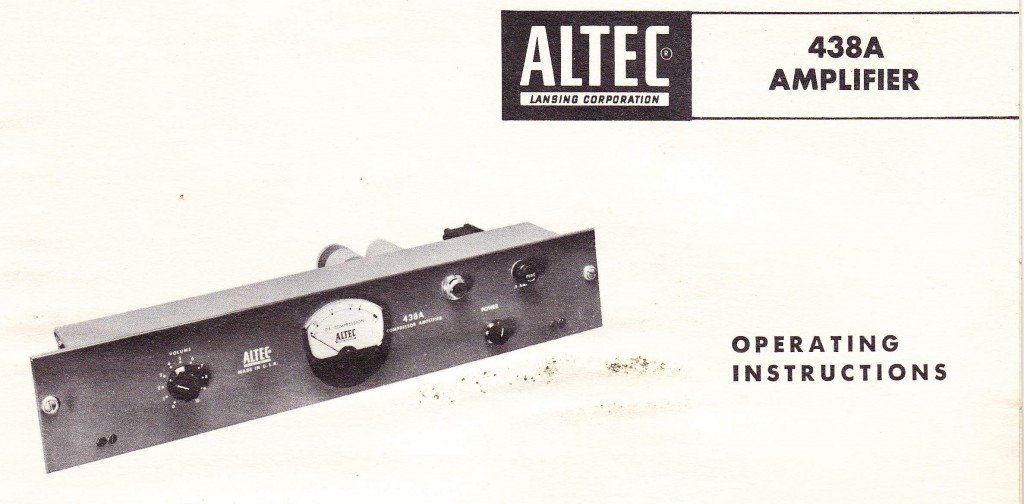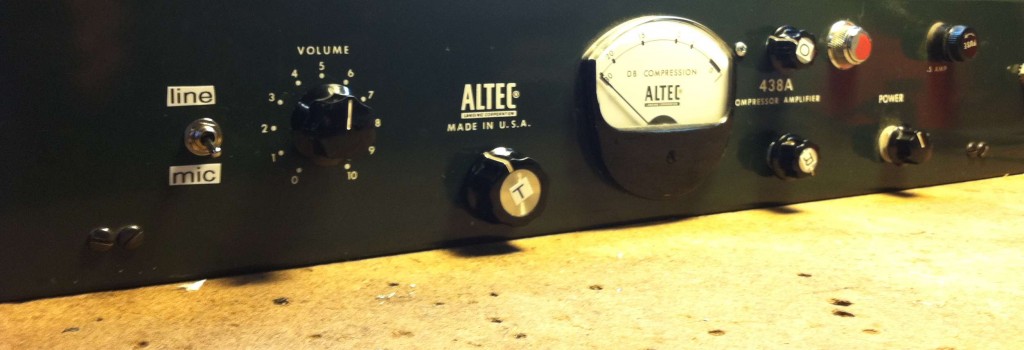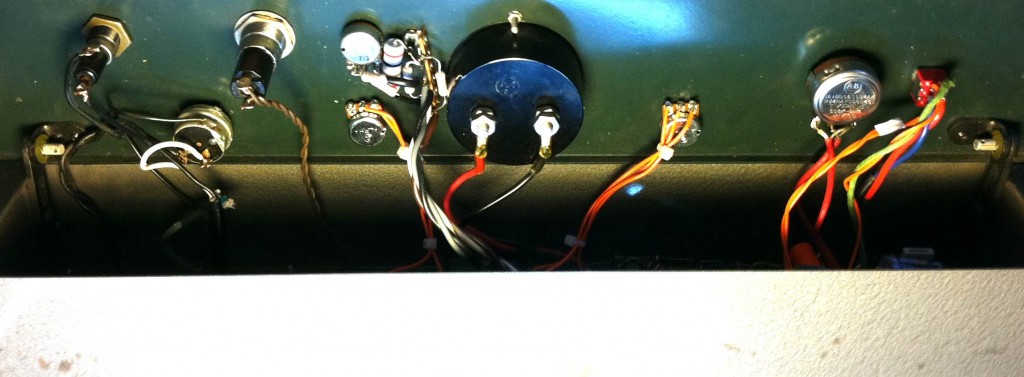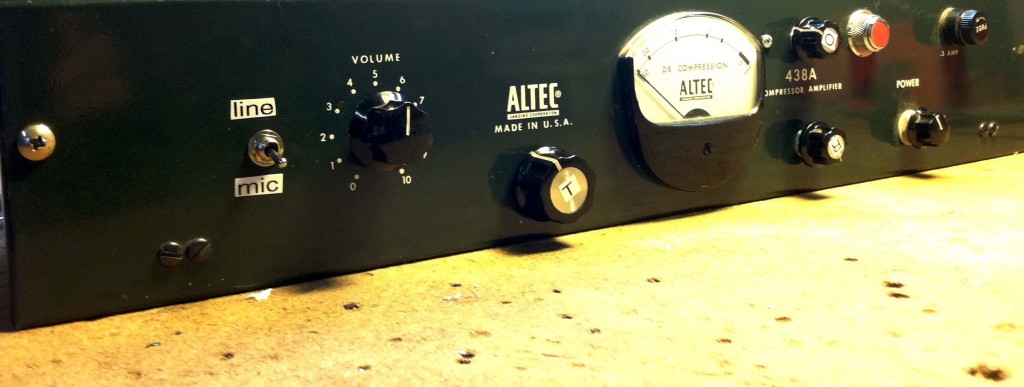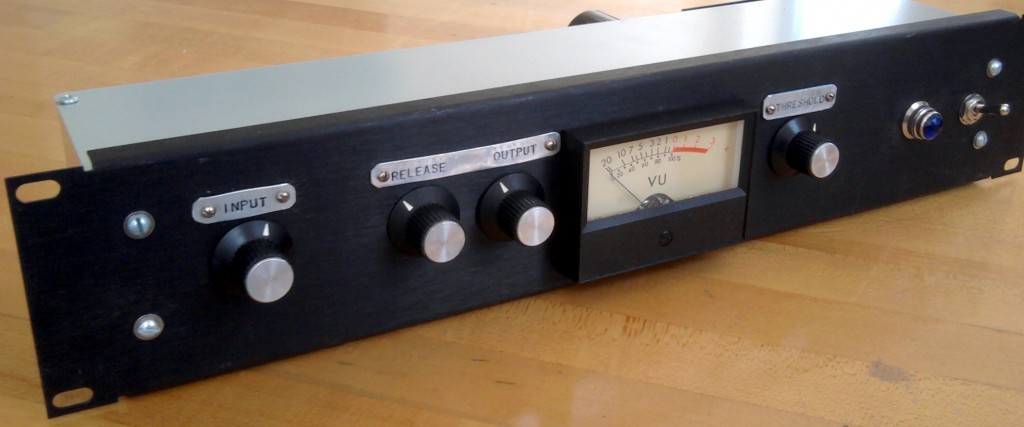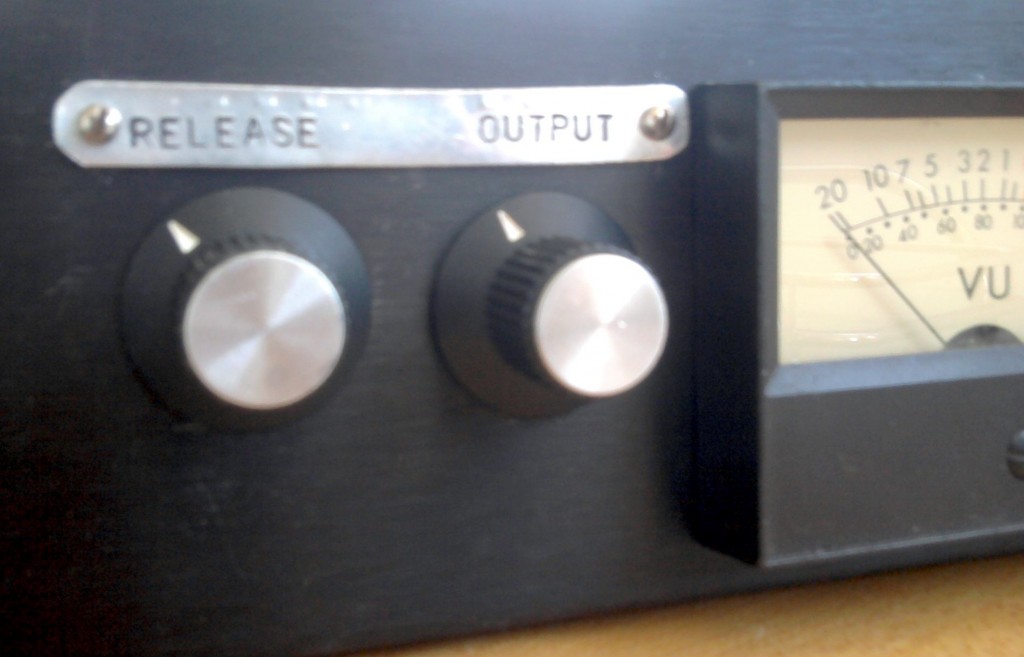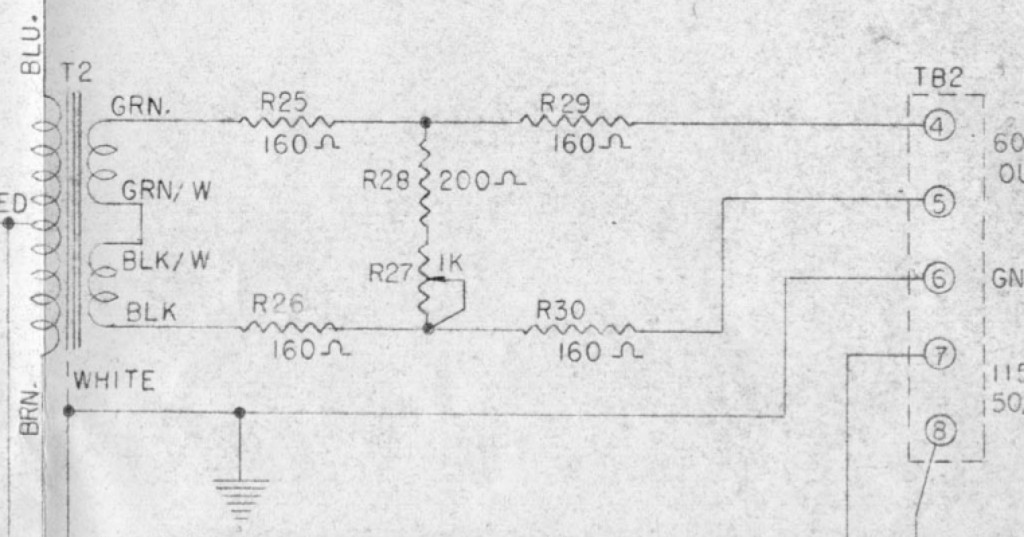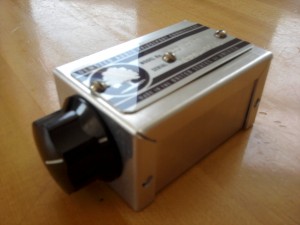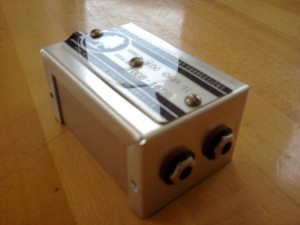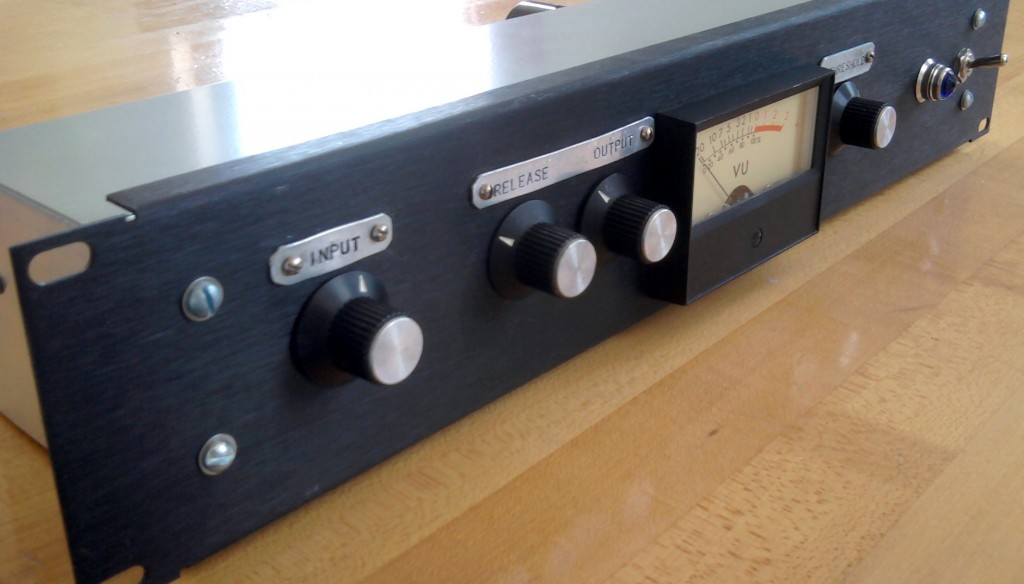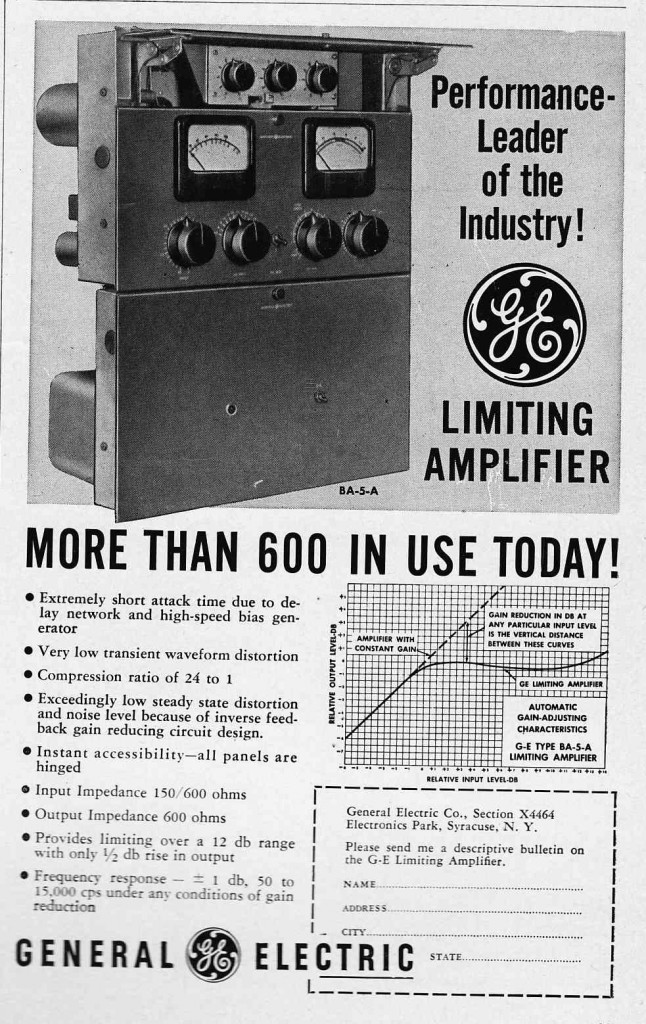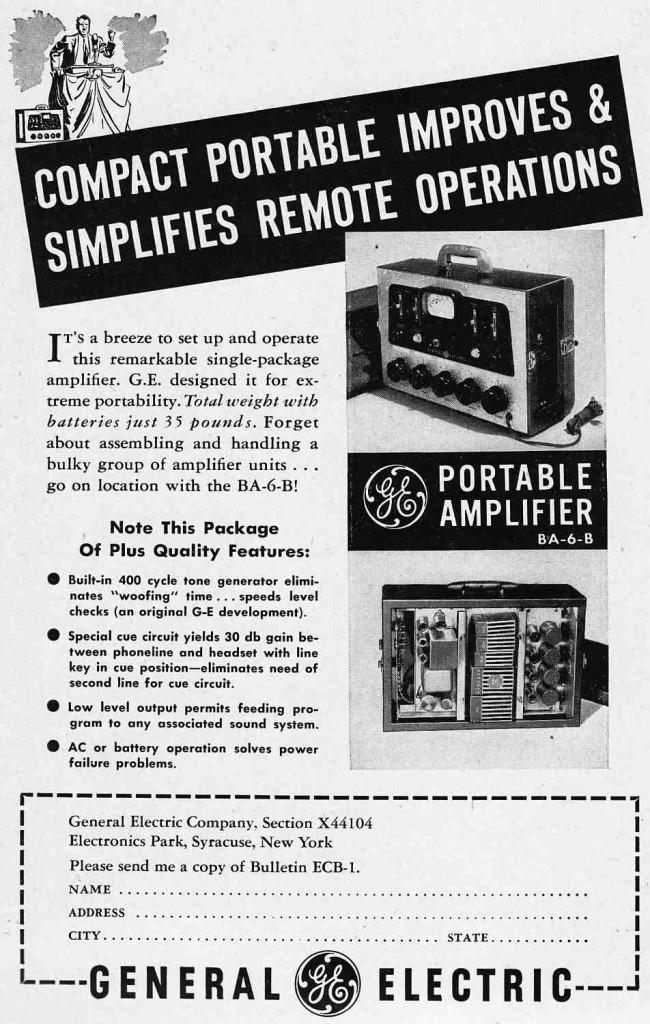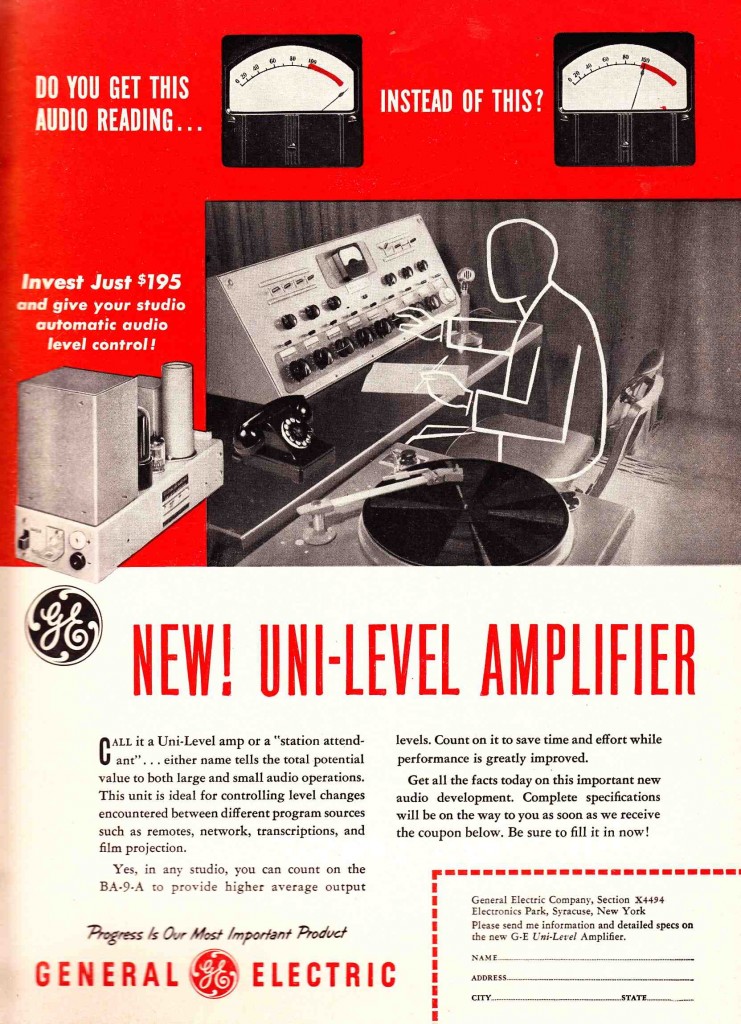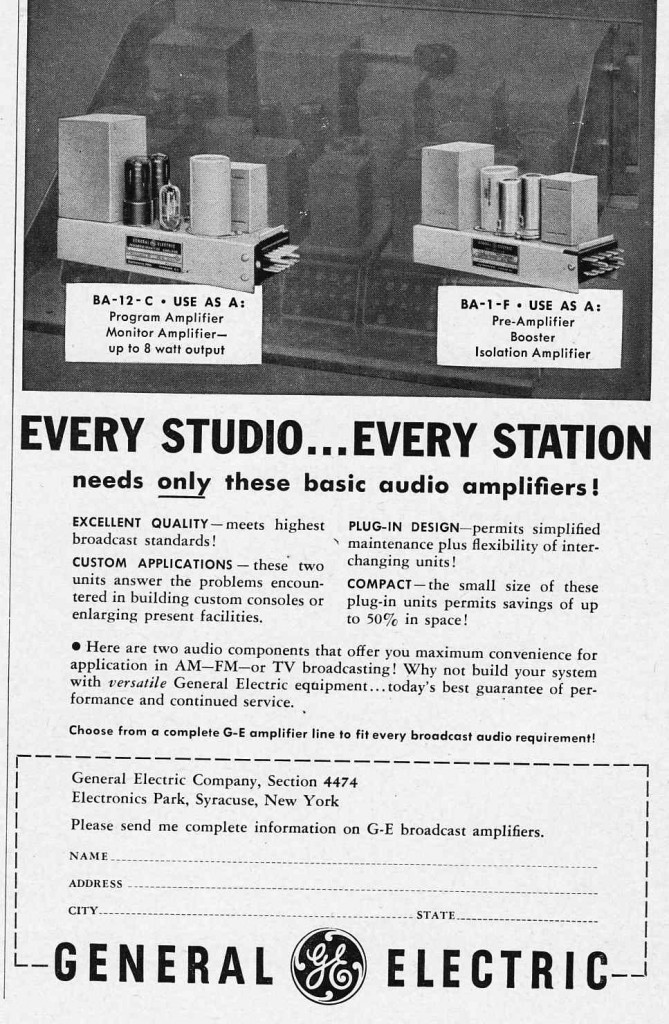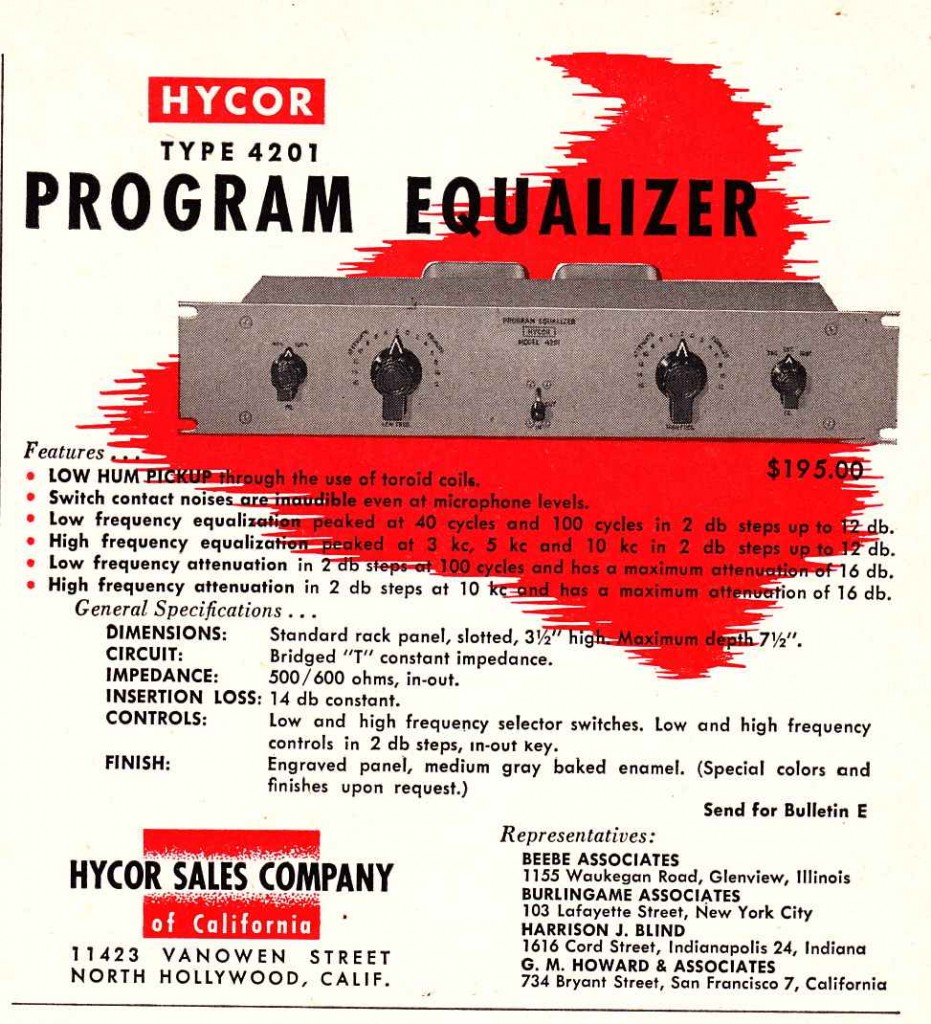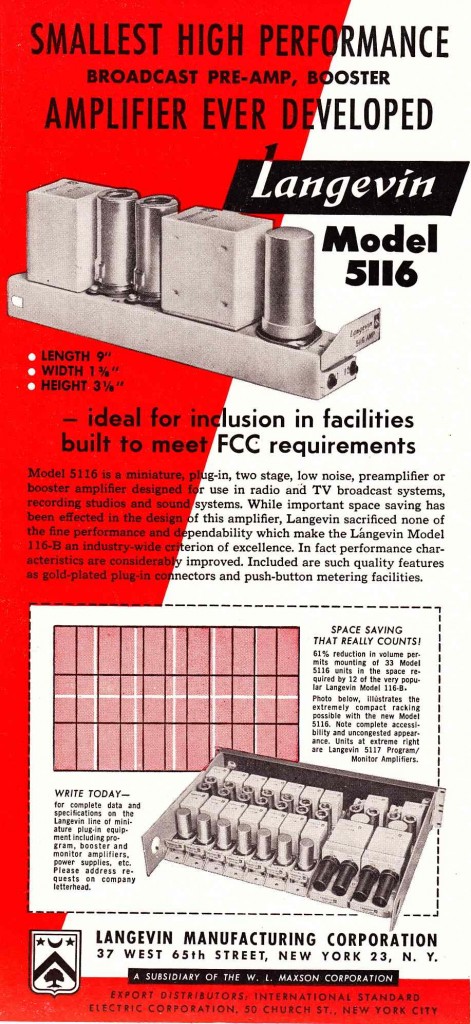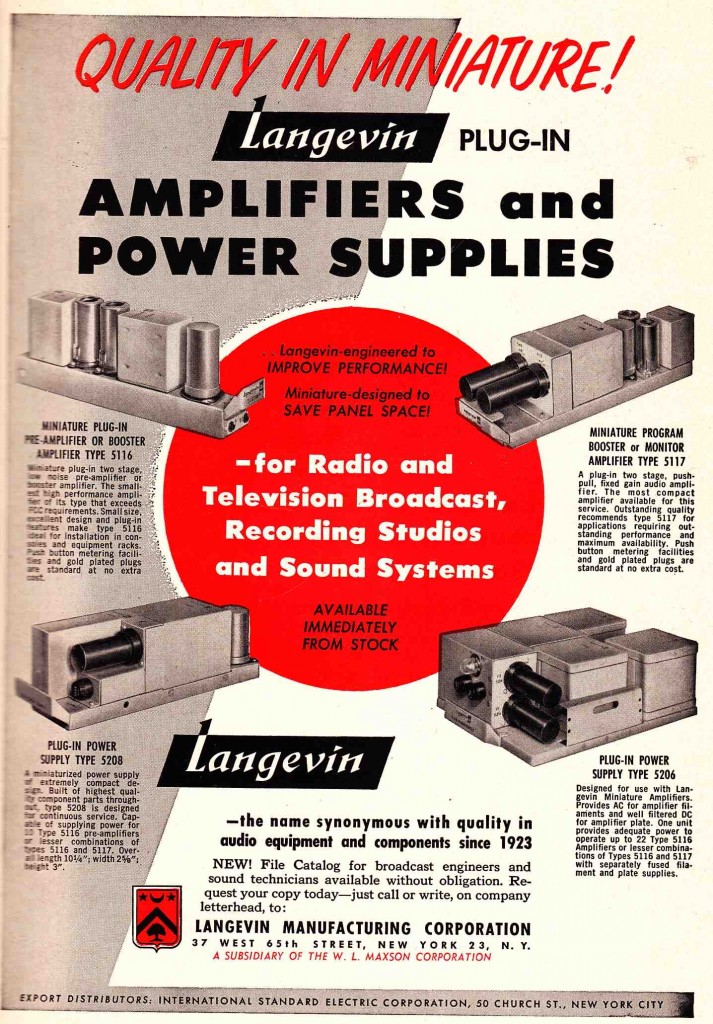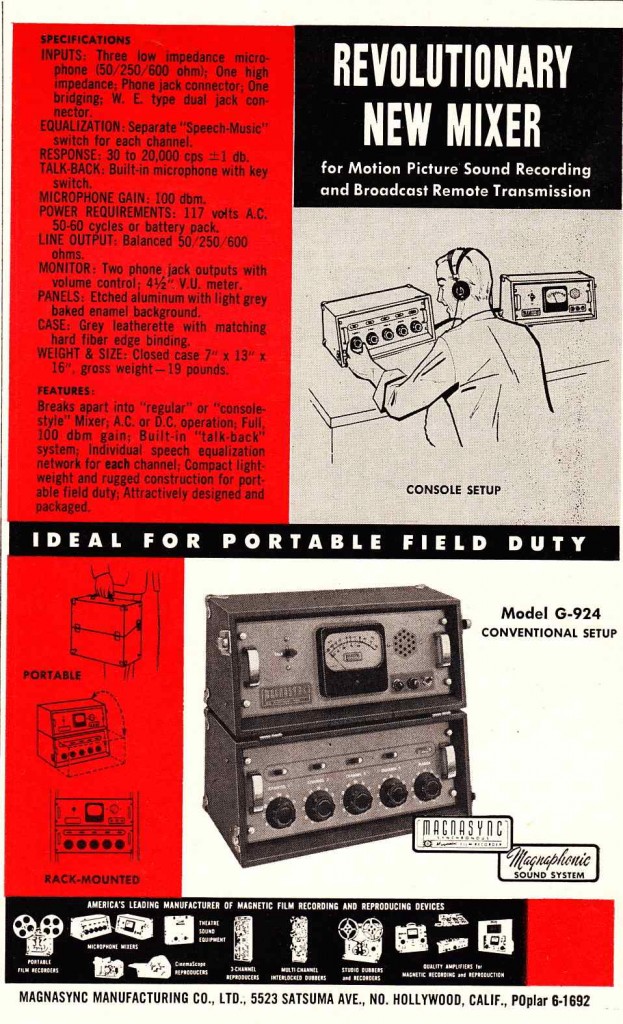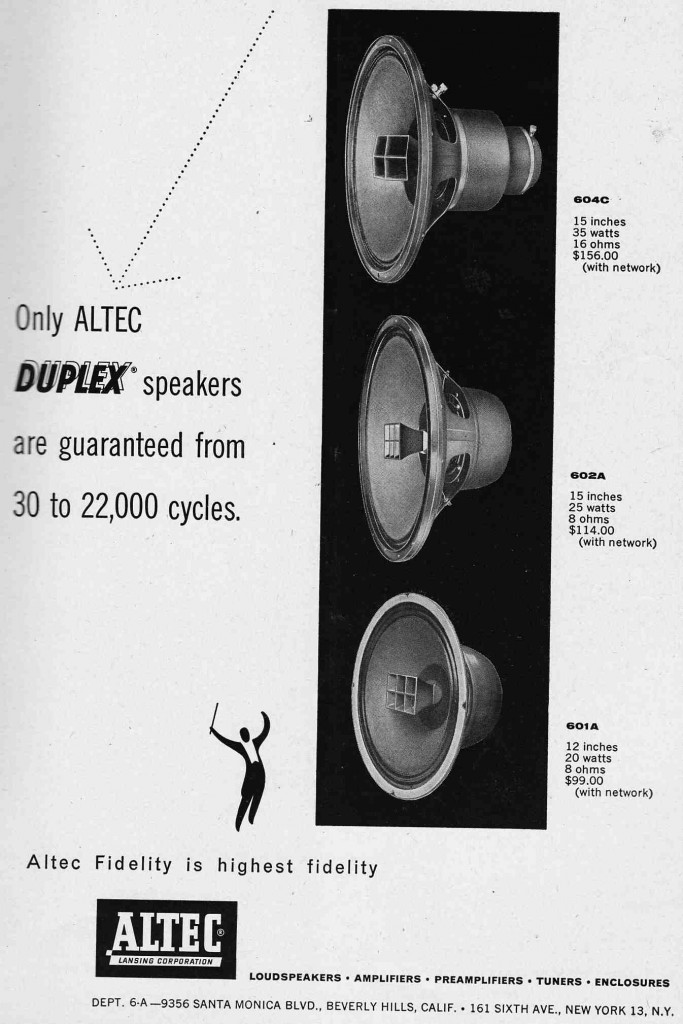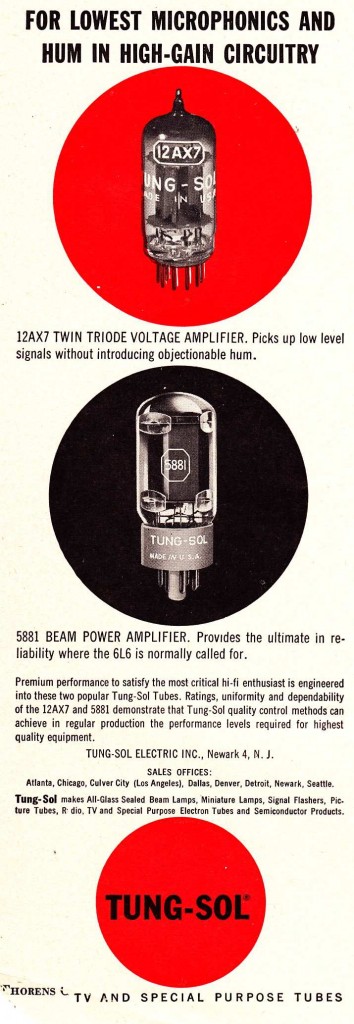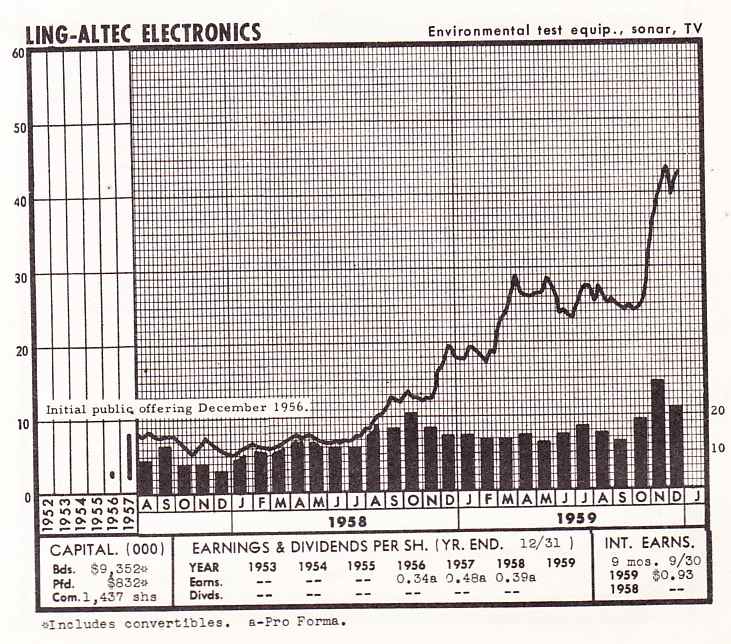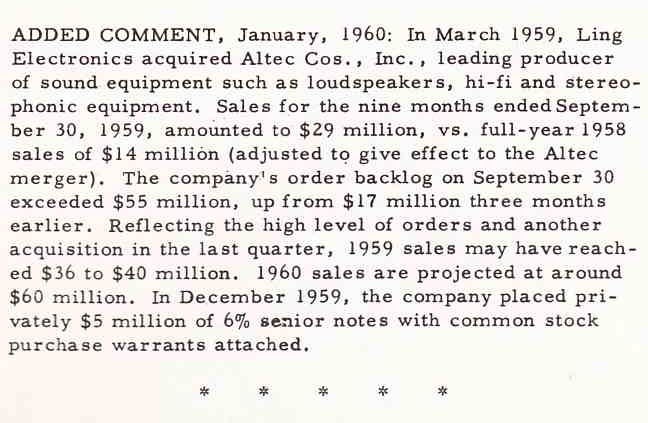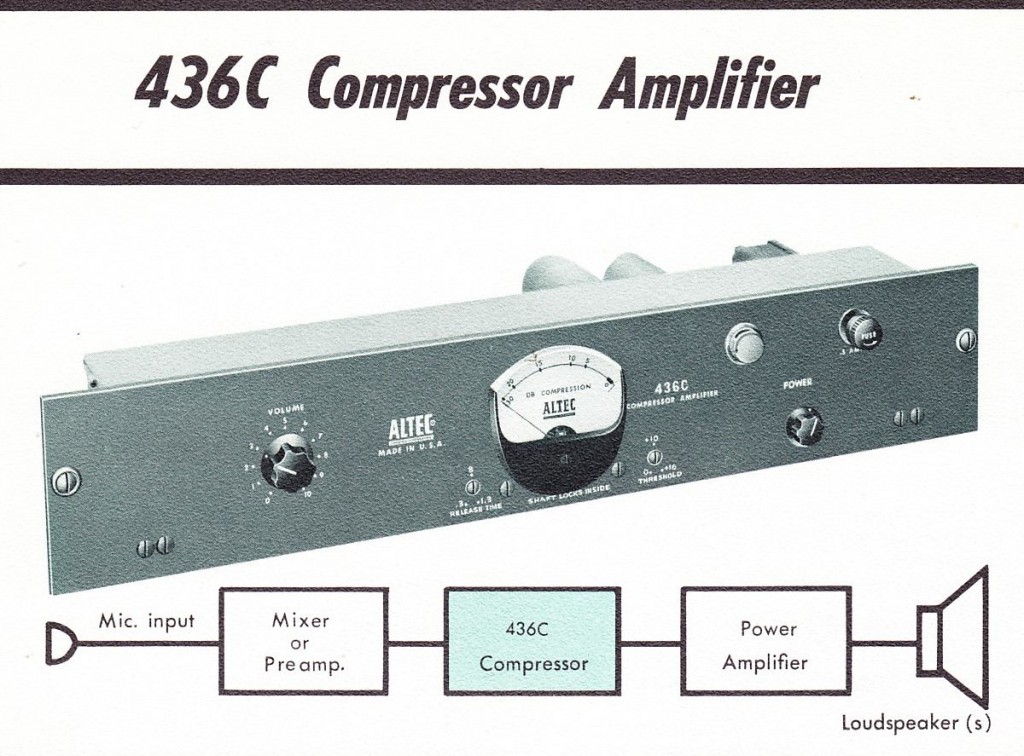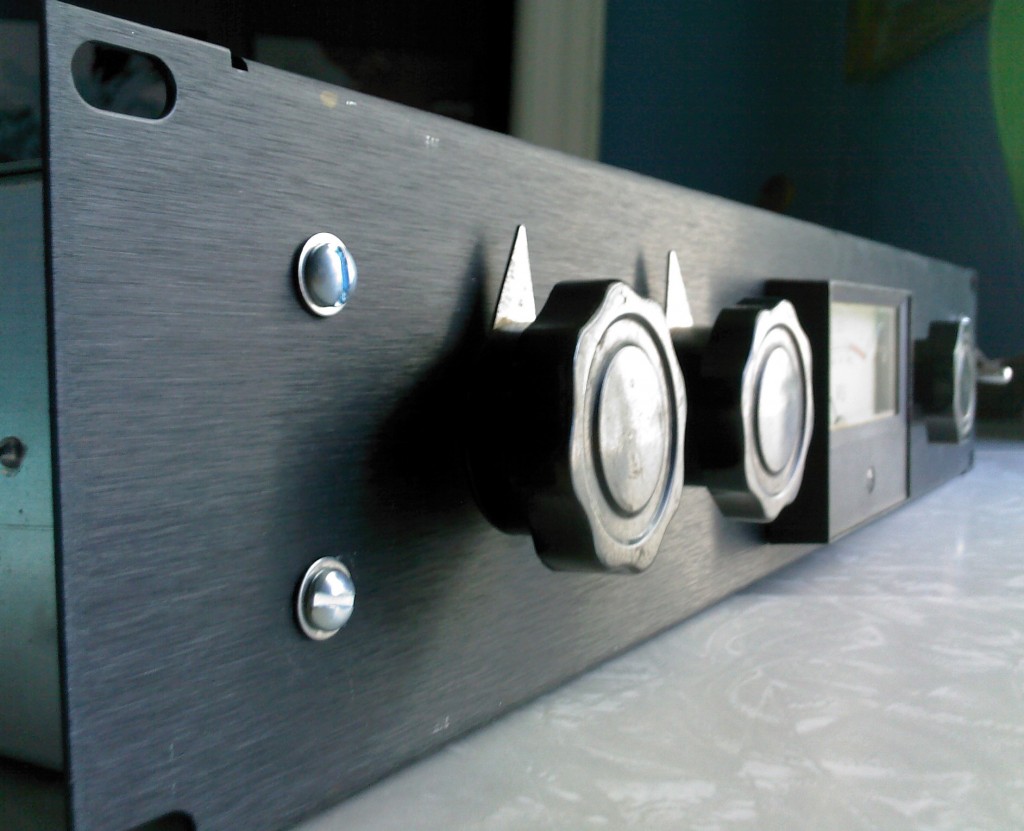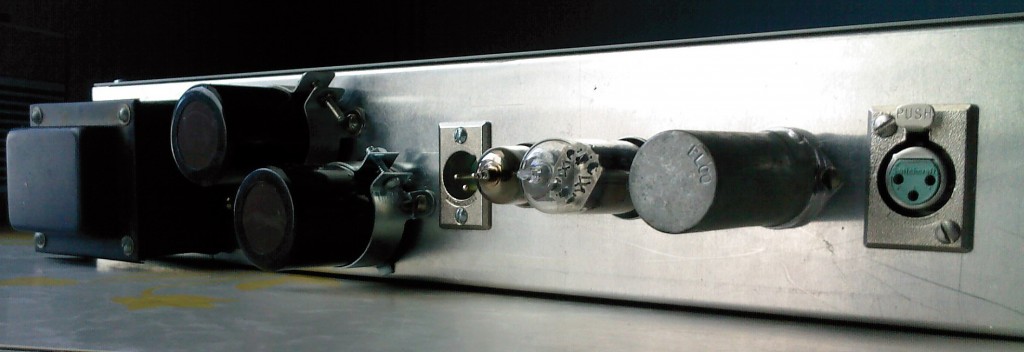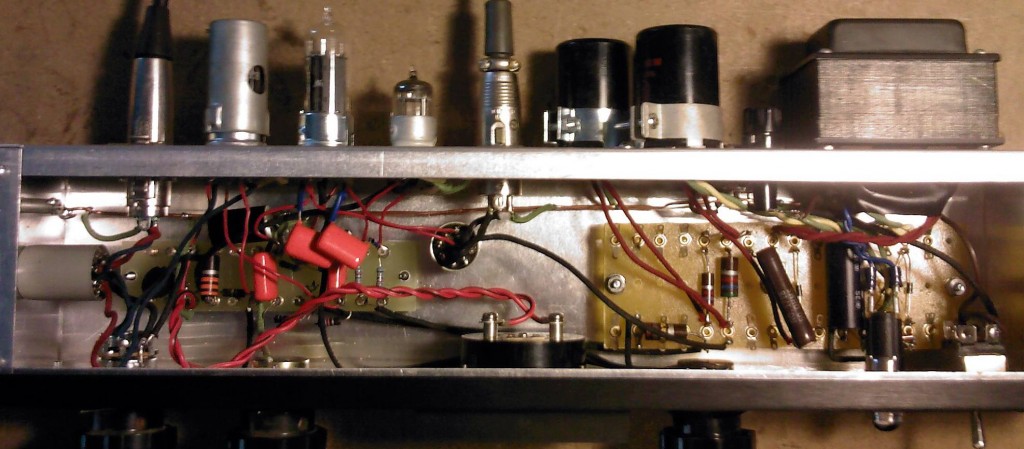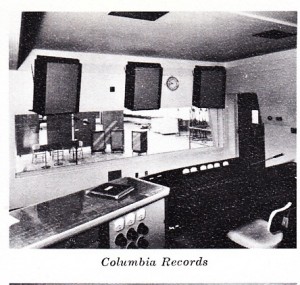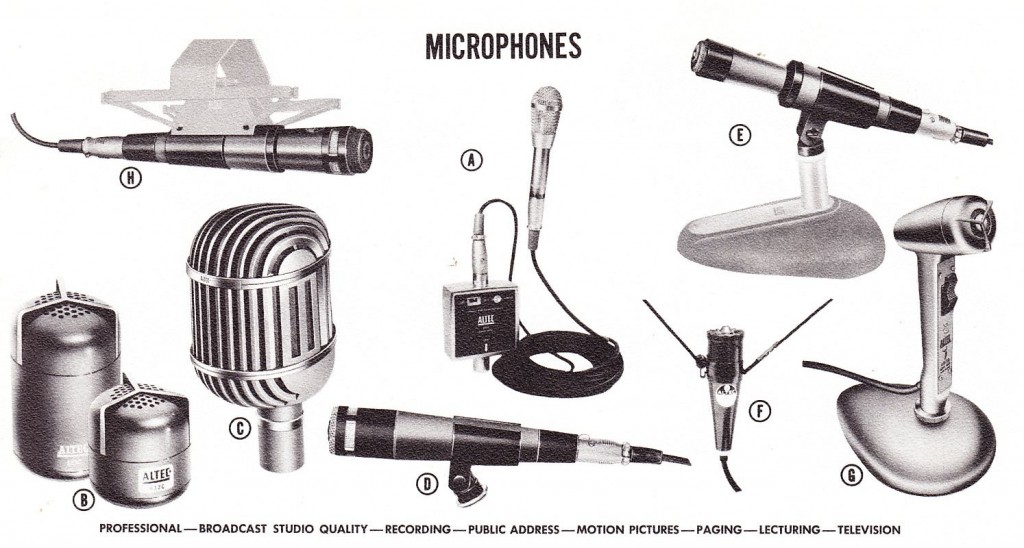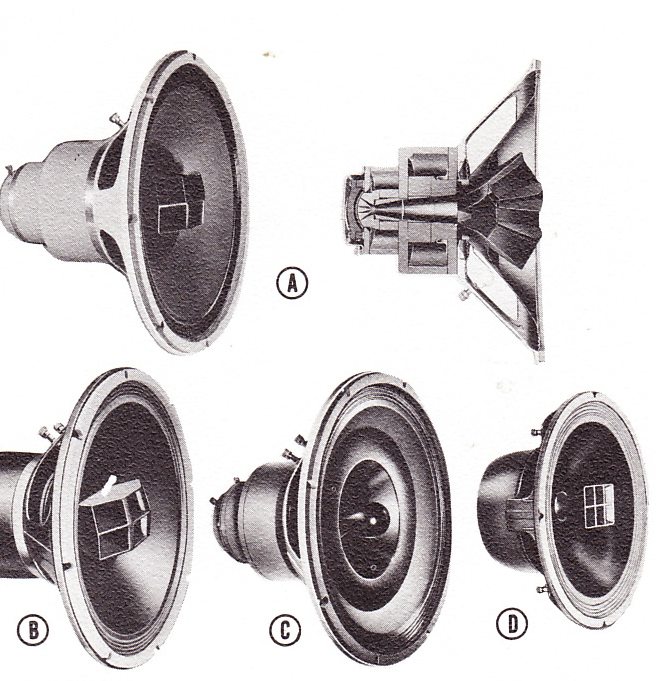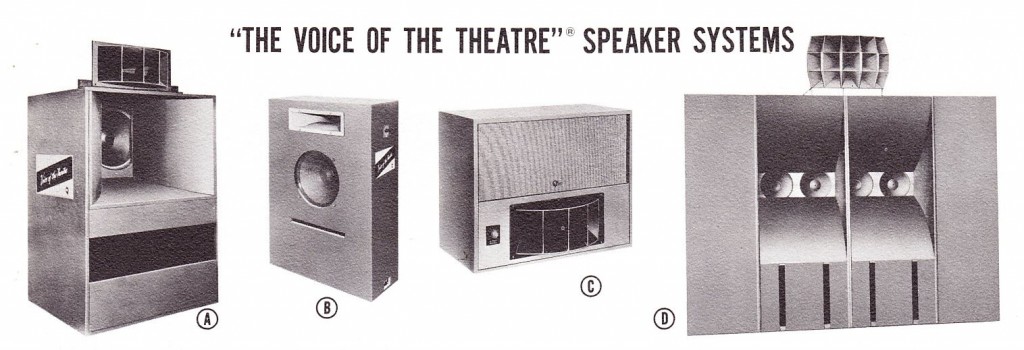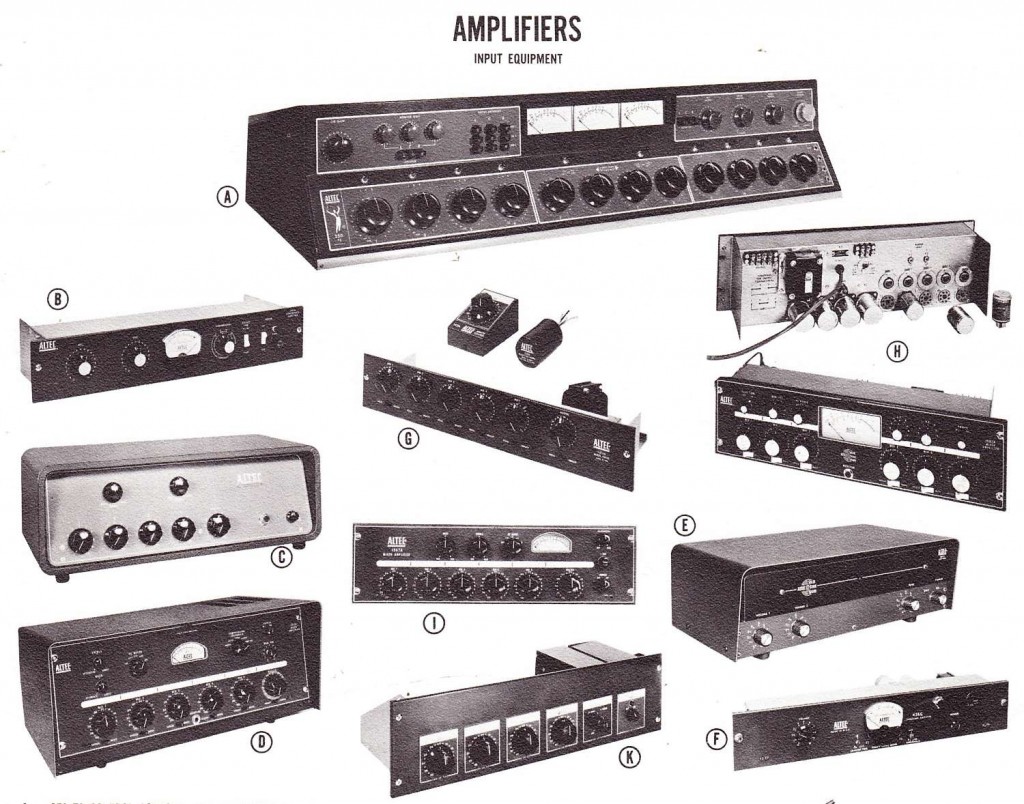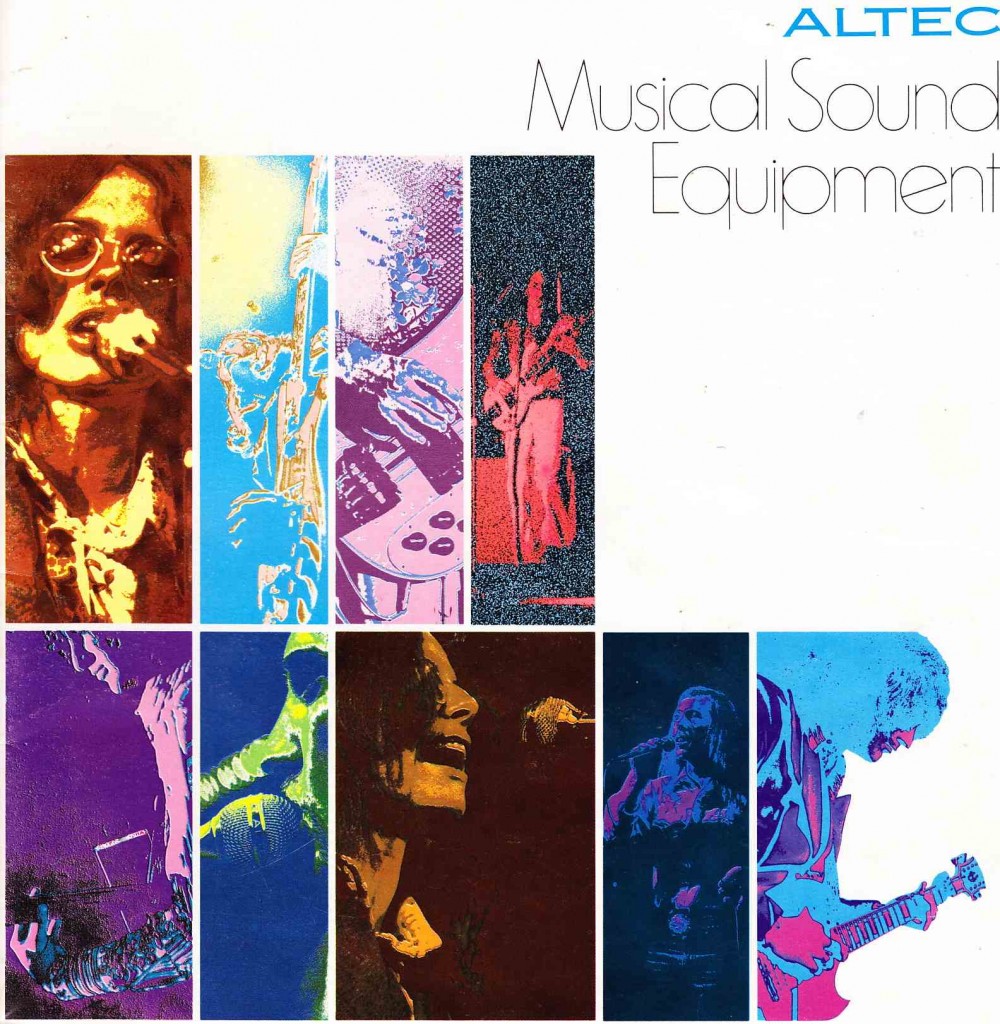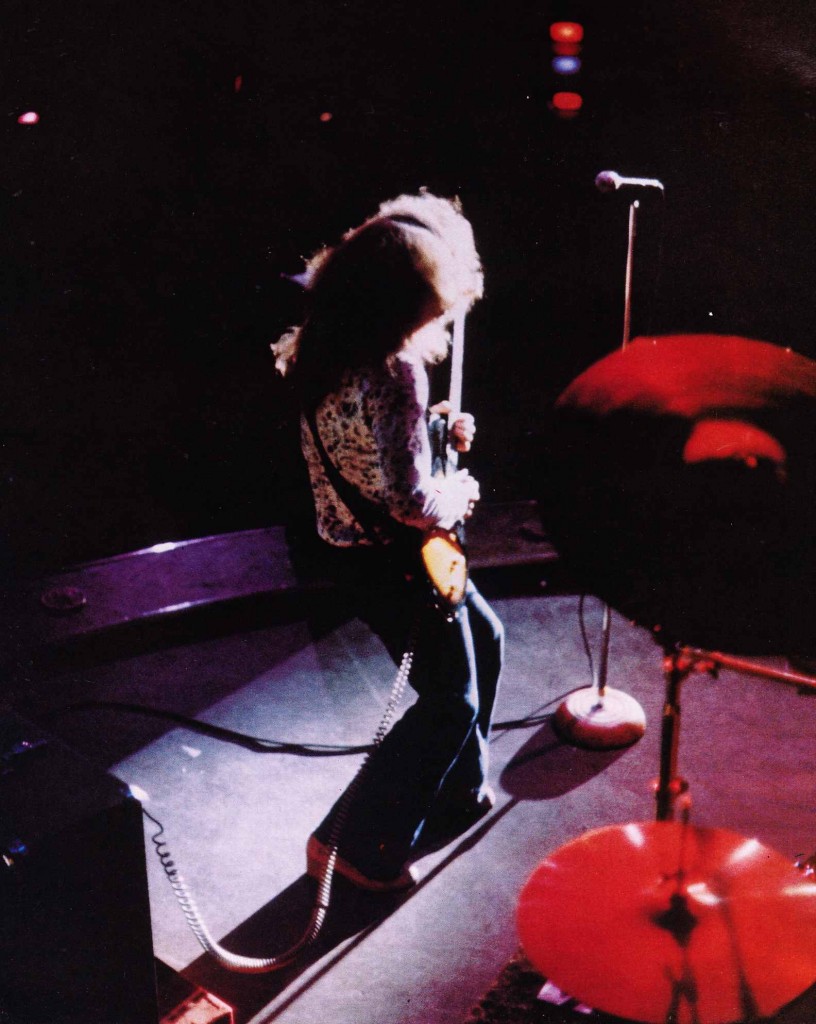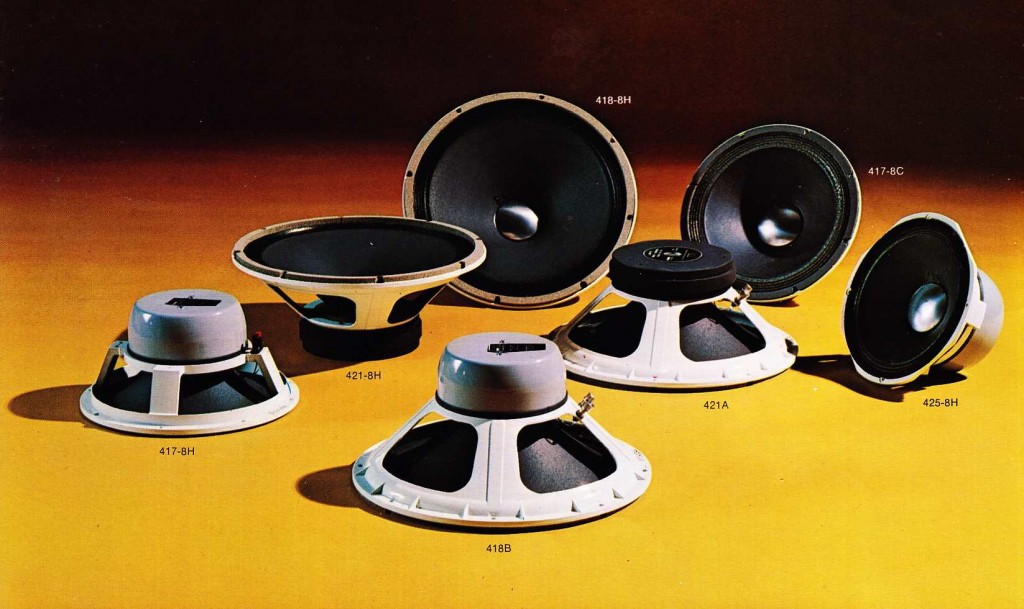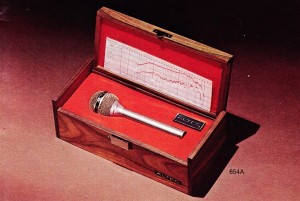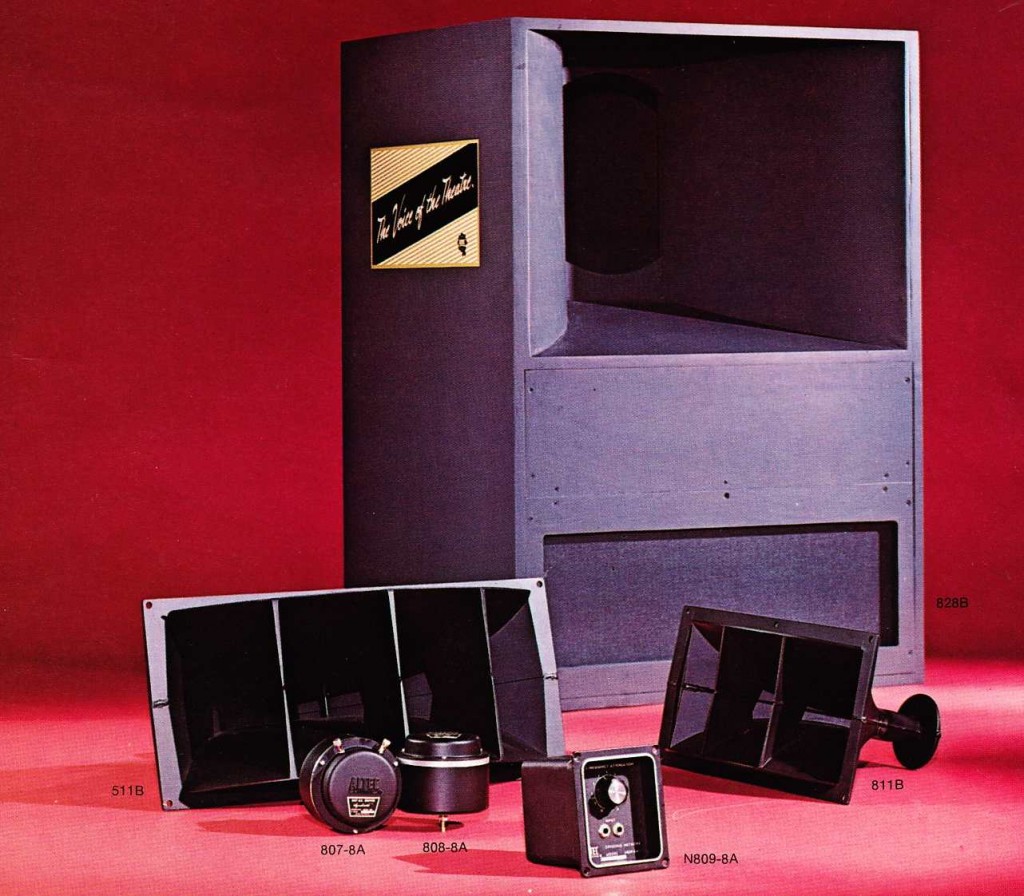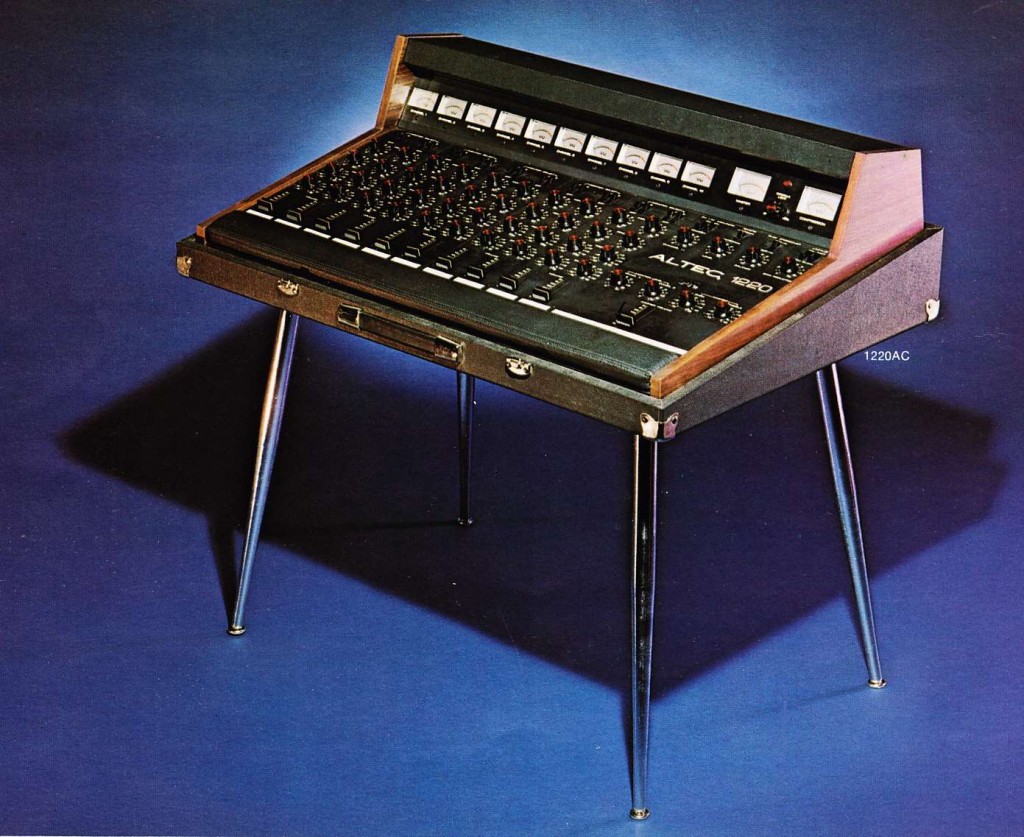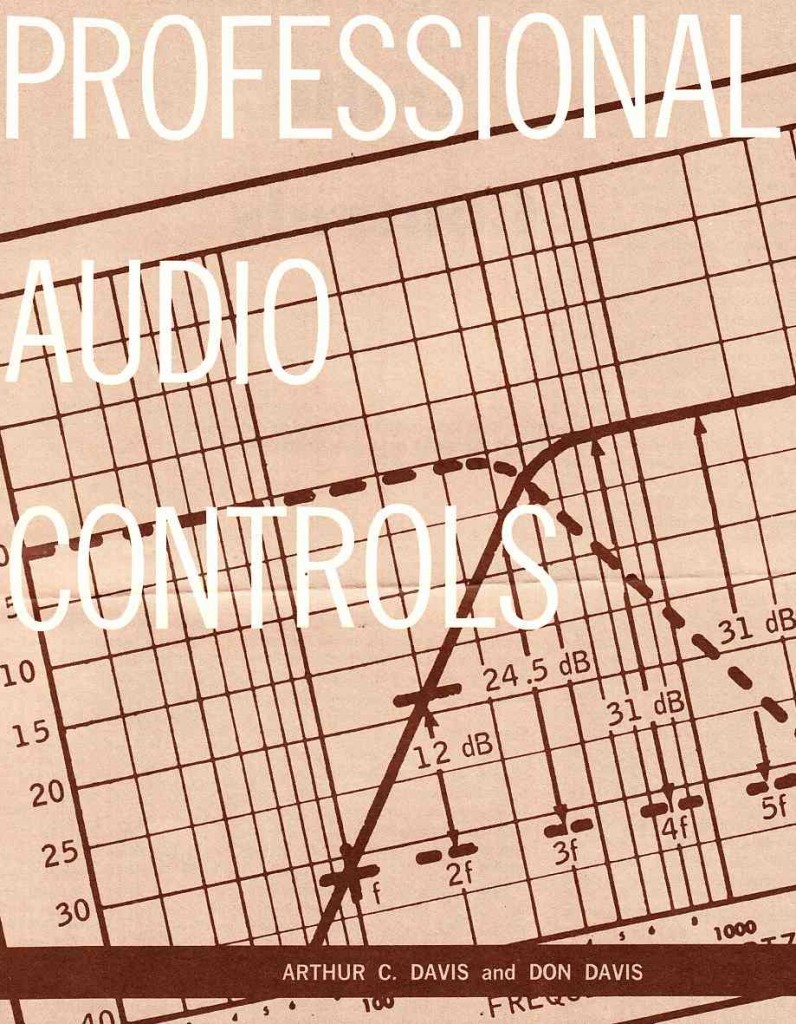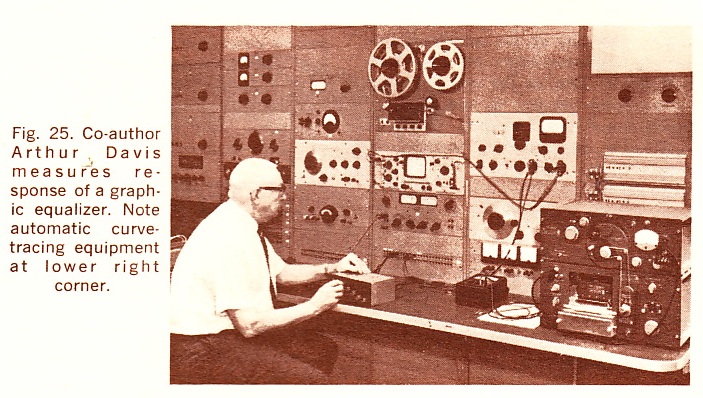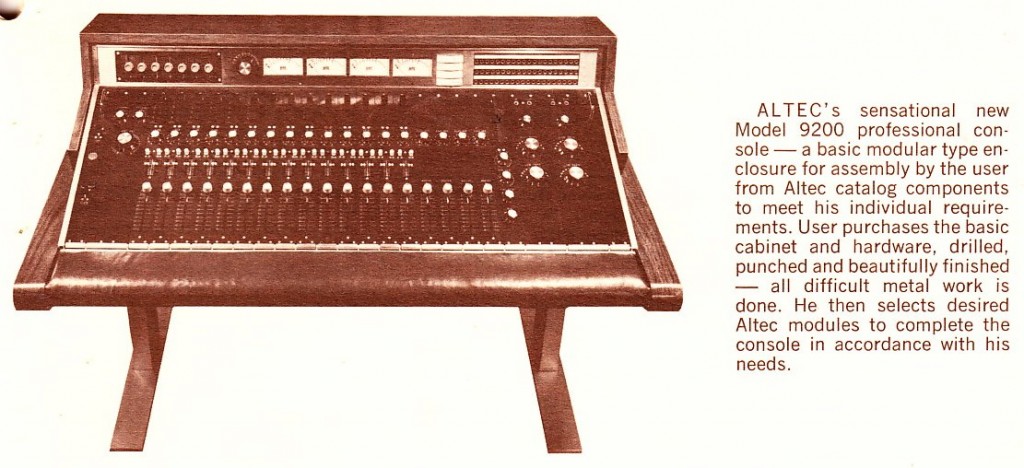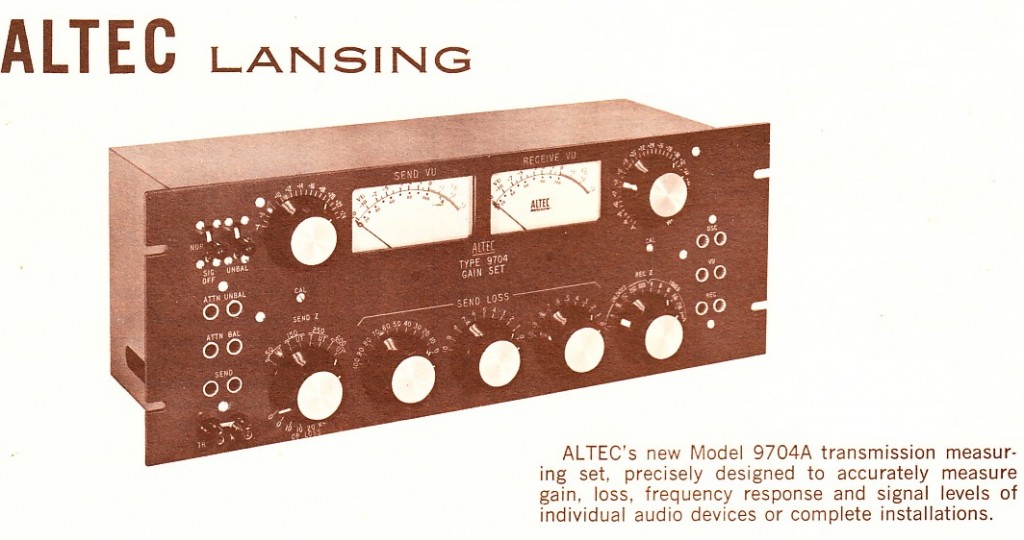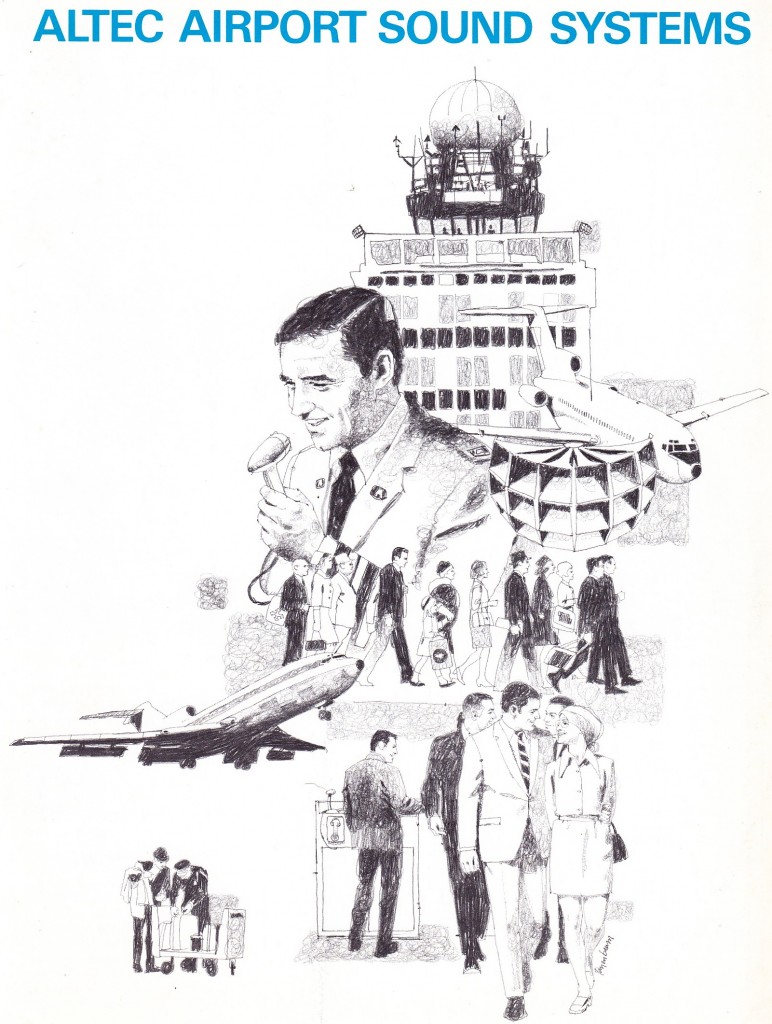 Download the 1965 and 1968 Altec ‘Airport Sound Systems’ brochures:
Download the 1965 and 1968 Altec ‘Airport Sound Systems’ brochures:
DOWNLOAD 1965:Altec_Jet_age_sound_systems_1965
DOWNLOAD 1968: Altec_airport_sound_systems_196X
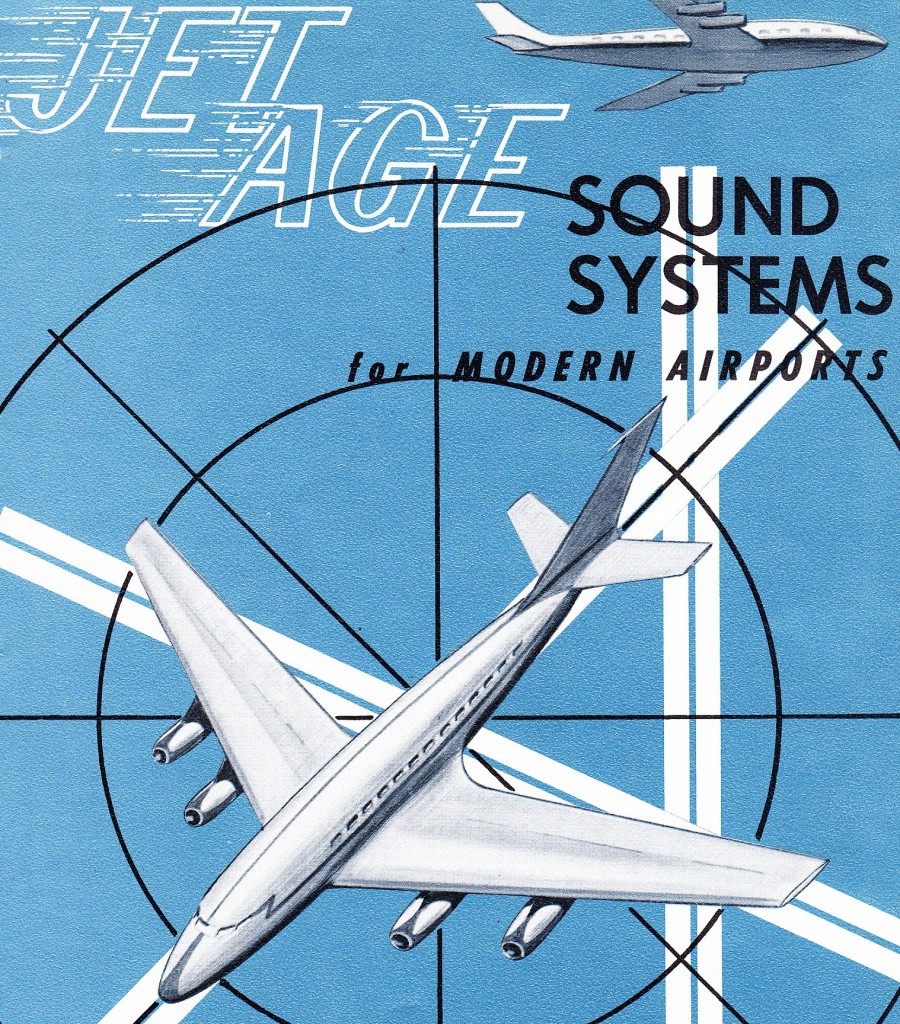 What purpose can programmed sound serve in our environment? Communication of information. Entertainment. Marking boundaries of different spaces. All of this happens in the environment of an airport. We need to know if there has been a gate-change for our flight. We enjoy some sort of distraction or amusement while we wait. We expect one sort of sound in the airport bar, and another at the gate. OK. So… inform, entertain, delineate. But how about… changing the mental state of an unsuspecting listener by lulling them into an acceptance of their relative insignificance in the universe in order to help assuage their fears of possible imminent death?
What purpose can programmed sound serve in our environment? Communication of information. Entertainment. Marking boundaries of different spaces. All of this happens in the environment of an airport. We need to know if there has been a gate-change for our flight. We enjoy some sort of distraction or amusement while we wait. We expect one sort of sound in the airport bar, and another at the gate. OK. So… inform, entertain, delineate. But how about… changing the mental state of an unsuspecting listener by lulling them into an acceptance of their relative insignificance in the universe in order to help assuage their fears of possible imminent death?
Here’s how Brian Eno, composer of ‘Music for airports,’ widely considered to be the first ‘ambient music’ album, explains his project:
“… Whenever you go into an airport or an airplane, they always play this very happy music, which is sort of saying: ‘You’re not going to die, there’s not going to be an accident, don’t worry!’ And, I thought, that was really the wrong way around, I thought that it would be much better to have music that said: ‘Well, if you die, it doesn’t really matter.’ You know. So I wanted to create a different feeling, that you were sort of suspended in the Universe and your life or death wasn’t so important. …” (source)
Talk about turning the problem on-its-head. I should say at this point that I am an unabashed huge fan of Brian Eno; IMO, there is no one person in the history of recorded sound that has been as able to imagine and exercise new potentials for audio. Anyhow… if you feel that his statements in the interview above seem somewhat grandiose/flakey/pie-in-the-(or falling from the)-sky-ish, I offer this personal anecdote. I recently played the opening of ‘music for airports’ for my students in my Soundtrack class (‘The Soundtrack’ is a course I’ve been teaching at the University which gives visual arts and communications students an understanding of the creative potentials of audio in their work). We were discussing the programming of audio in public spaces – shops, restaurants, etc. I played 5:00 of “Music for Airports” and asked what they music made them think of. Several immediately responded, ‘death.’ OK, I replied… how do you feel about this death?’ “Okay” was the reply. Well done Eno.
 It’s kind of hard to believe that there were so many airports in the US in the late 1960s that Altec published these 6pp and 8pp catalogs. While there are no claims in these publications that these Altec systems might be used to effectively assuage customers’ fear of death, they do offer the following:
It’s kind of hard to believe that there were so many airports in the US in the late 1960s that Altec published these 6pp and 8pp catalogs. While there are no claims in these publications that these Altec systems might be used to effectively assuage customers’ fear of death, they do offer the following:
“Lack of reliability (in an airport sound system) can cause not only inconvenience but actual danger and panic in some cases. This is why Altec Lansing, pioneer in integrated sound systems, has stressed aerospace-level reliability in every… component.”
Altec stresses here that lack of reliability, such as it might result in the mis-cue of important verbal flight information, can potentially cause danger and panic. Eno took this one step further by understanding that the music-programming of the environment can also have a dramatic effect on the mental state of the customers; and he systematically set out to design sound-pieces that maximize the potential of the sound-system to comfort those customers.
Products discussed include the Altec 650, 687, and 695 microphones; various compressors and power amps; and audio-signal distribution equipment. ‘Case studies’ which catalog various successful Altec airport sound-systems already in use are provided as well.
